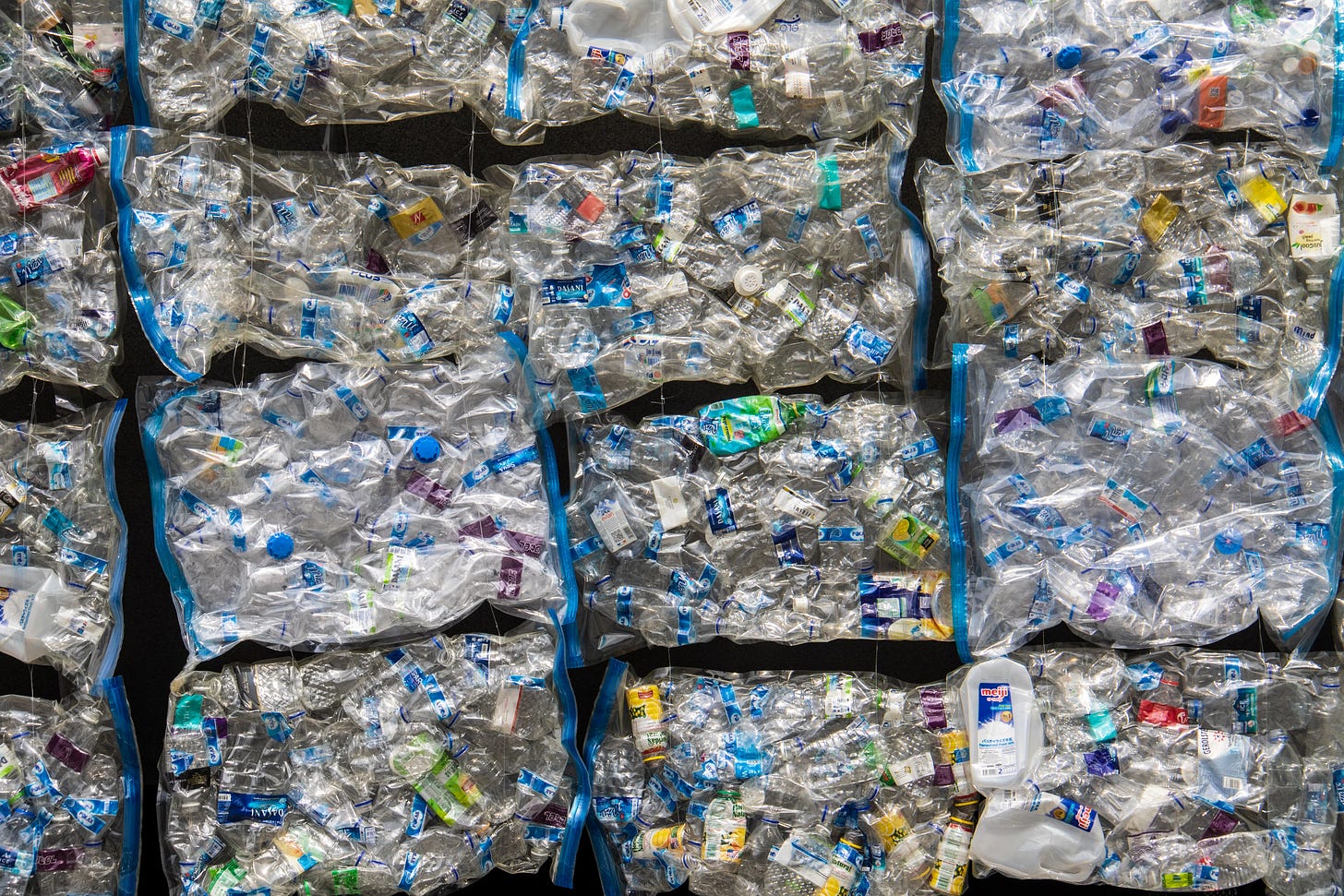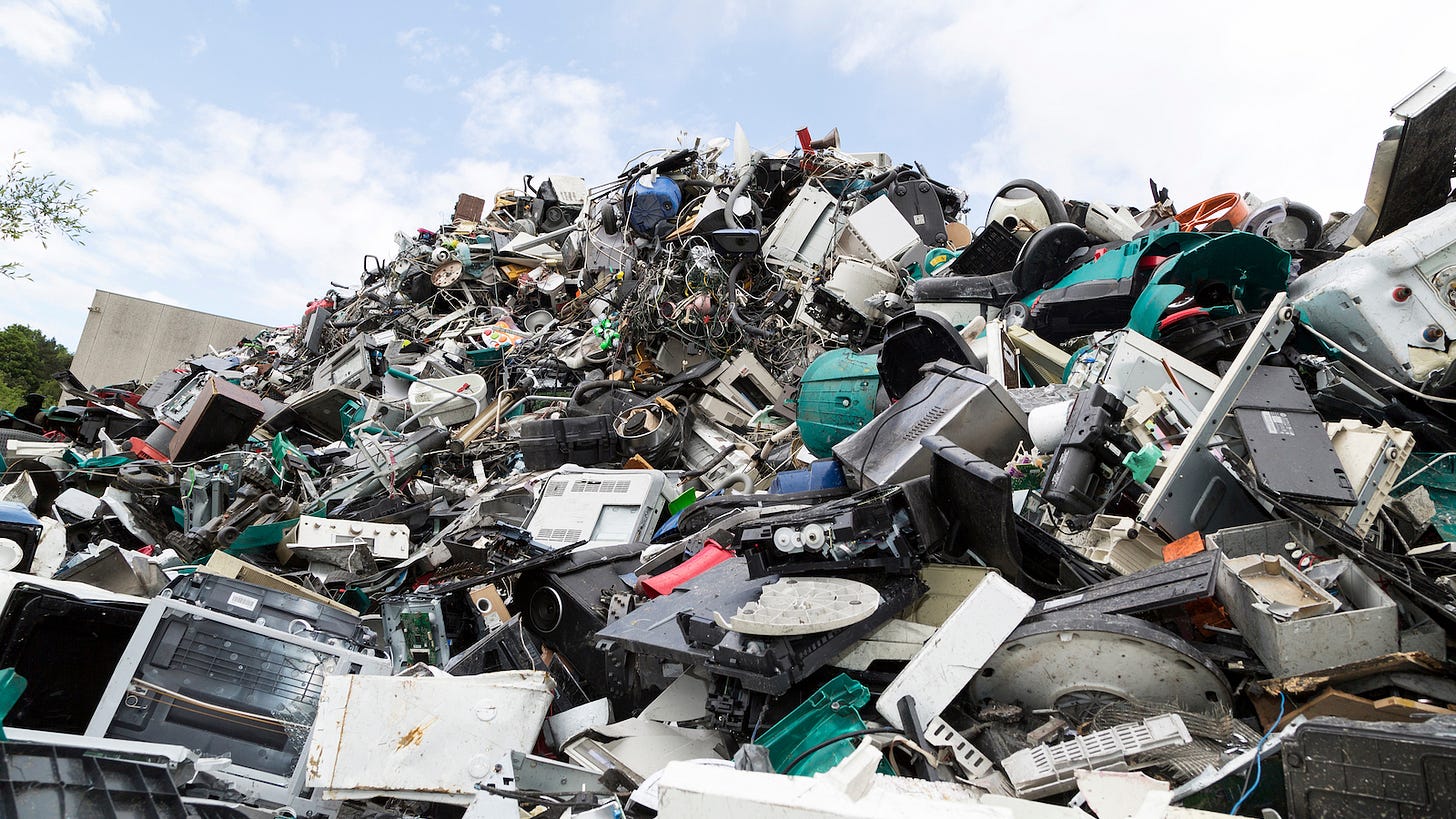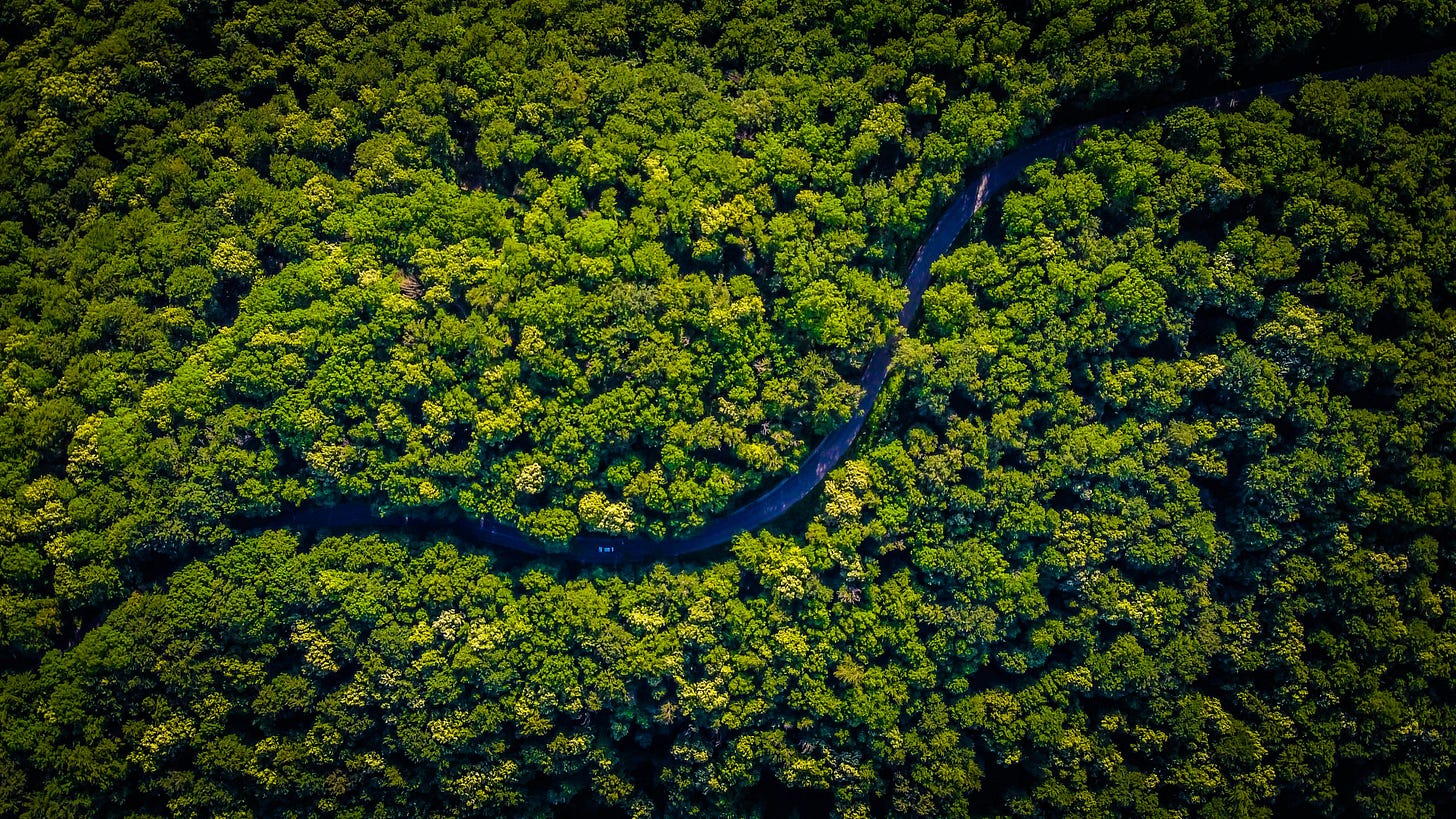Happy Tuesday! Today we’re diving into circular design. Are you familiar with it?
What is Circular Design?
The term circular design means designing products that generate zero waste. It comes from the Circular Economy. The 3 core principles are:
Eliminate waste and pollution
Circulate products and materials
Regenerate nature
Circular design is better for the planet. When creating for circularity, designers consider all stages of a product's lifecycle and ensure that it is sustainable from manufacturing to disposal.
What are some of the goals of circular design?
→ design out waste and pollution
→ create new materials efficiently and only when necessary
→ design for longevity
→ enable repair of item or parts
→ create for recycling and re-use instead of waste
→ return to nature safely
This is in direct contrast to the linear economy. The take → make → waste model, which results in the following:
Resource depletion
Environmental Degradation
Increased Waste and Landfill Use
Climate Change
Economic Instability
The circular economy calls for a transformation of every element of our current take-make-waste system: how we manage resources, how we make and use products, and what we do with the materials at the end of life. By doing so, everyone can benefit within the limits of our planet’s finite resources.
Circular design was popularized by the Ellen MacArthur Foundation. Today the foundation has about 180 member organizations, regulators in some regions of the world, and are actively implementing circular economy agendas. The organization says,
At its core, a circular economy means that products no longer have a life cycle with a beginning, middle, and end. Therefore, they contribute less waste and can actually add value to their ecosystem. When materials stop being used, they go back into a useful cycle, hence the circular economy.
Learn from Nature
Turns out there’s a lot humans can learn from nature. Designing for circularity could be compared to the design of nature, where nothing goes to waste. One thing feeds into another benefitting the entire ecosystem. 🔄 🌎 For example, in forest ecosystems, the nutrient cycle is circular. Trees and plants absorb nutrients from the soil to grow. When they shed leaves or eventually die, these organic materials decompose and return nutrients to the soil, which are then reused by other plants.
Why design for circularity?
Companies cannot continue to grow unchecked on a planet with finite resources.
If you’ve taken my Sustainable Growth Playbook or if you follow me on Linkedin, you’ve probably heard me chat about this 👆. I’ve mentioned that the circular economy aims to tackle challenges like:
climate change,
biodiversity loss,
waste, and
pollution.
The truth is because we are all interconnected by shifting to a circular economy, we can also decouple economic activity from the consumption of finite resources, which will result in:
less price and supply chain volatility,
less exploitation,
less health risks, and
new job creation. 👏
Let’s dive deeper into understanding the lifecycles of products and how we can facilitate circular design. There are 2 key ways we can look at waste: technical and biological.
Did you immediately get a headache when looking at this image? 😵💫 ME TOO. Let’s break it down.
Technical Materials
Technical materials are synthetic or non-biodegradable materials, such as metals, plastics, and electronics. Thus, they are not consumed during use. If you need a reminder of where they end up, see that e-waste landfill image I posted earlier. 👀 The circular design process for technical materials includes the following stages:
Keep reading with a 7-day free trial
Subscribe to Conscious Tech to keep reading this post and get 7 days of free access to the full post archives.








